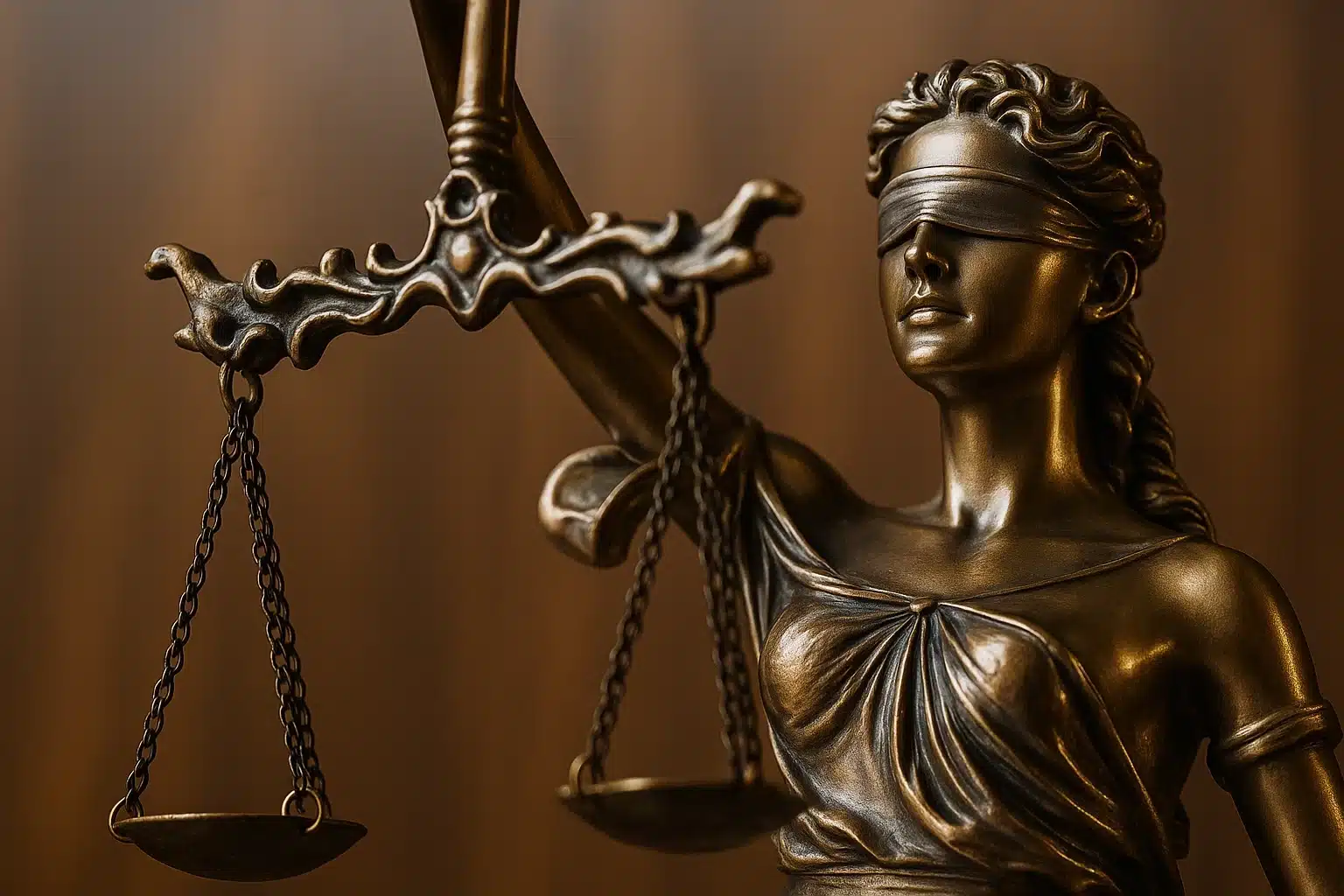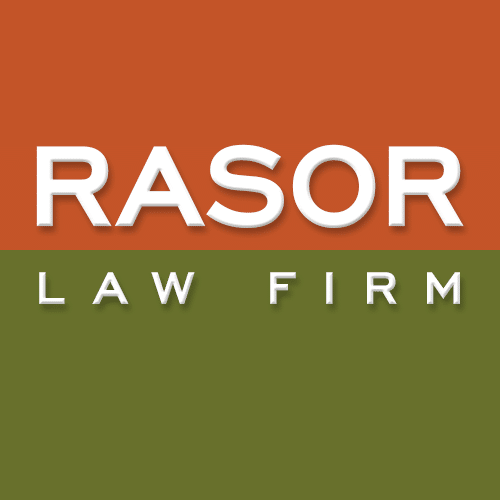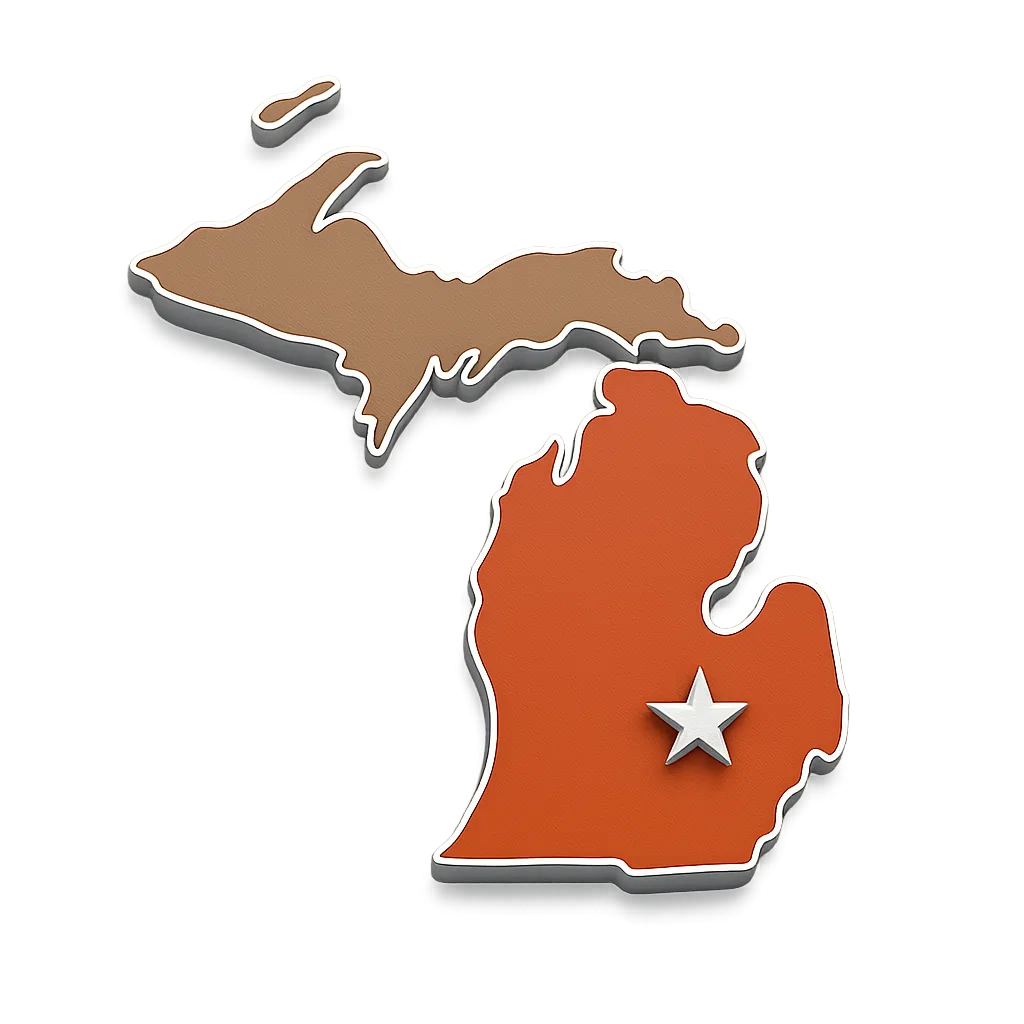Facing financial difficulties can be overwhelming, and understanding the bankruptcy process is the first step toward regaining control of your finances. In Flushing, Michigan, we are dedicated to helping residents navigate bankruptcy options with clarity and confidence. Whether you are considering Chapter 7 or Chapter 13 bankruptcy, knowing your rights and the available legal tools can make a significant difference in your financial future.
Bankruptcy is a legal process designed to provide relief to individuals and businesses struggling with debt. It allows you to eliminate or reorganize debts under the protection of the court. Our team focuses on providing detailed information and guidance to Flushing residents so they can make informed decisions about their financial recovery. Understanding the steps involved and what to expect can ease the stress during this challenging time.
Bankruptcy offers a structured way to address overwhelming debts and start fresh. For residents in Flushing, this legal process can halt collection calls, stop foreclosures, and provide a clear path toward financial stability. The benefits include protecting your assets, managing repayment plans, and ultimately relieving the burden of unmanageable debts. Taking timely action ensures you have the best chance to protect your financial future.
Rasor Law Firm serves the Flushing community with a strong commitment to guiding clients through bankruptcy and related legal matters. Our approach is centered on clear communication and personalized attention to each case. We understand the unique challenges faced by residents in Genesee County and are dedicated to providing support throughout the legal process. Our goal is to help you make informed decisions to rebuild your financial health.
Bankruptcy is a legal procedure that allows individuals or businesses to address debts they cannot repay. In Michigan, there are different types of bankruptcy filings, each suited to different financial situations. Chapter 7 bankruptcy involves liquidating non-exempt assets to pay creditors, while Chapter 13 allows for a repayment plan over several years. Knowing which option fits your needs is essential for effective debt relief.
The bankruptcy process begins with a thorough review of your financial situation, followed by filing the necessary paperwork with the court. After filing, an automatic stay goes into effect, which stops most collection actions and lawsuits. Creditors must then work through the bankruptcy court to recover debts, providing you with significant relief. Understanding these steps helps you prepare for the process ahead and reduces uncertainty.
Bankruptcy is a legal protection designed to help those burdened by excessive debt. It provides a formal process for discharging or restructuring debts under federal law. This process can protect your assets from creditors and provide a fresh start. Bankruptcy laws aim to balance the interests of debtors and creditors fairly, allowing individuals to regain financial stability while repaying debts in a manageable way where possible.
The bankruptcy journey involves several important stages including credit counseling, filing the petition, attending creditor meetings, and completing required financial education courses. Each step is designed to ensure that debtors understand their obligations and rights. The court oversees these processes to ensure fair treatment for all parties. Throughout, clear communication and documentation are crucial to successfully navigating bankruptcy.
Understanding bankruptcy terminology helps you better grasp the process and what to expect. Familiarity with these terms can make the legal procedures less intimidating and empower you to participate actively in your case.
The automatic stay is a court order that immediately stops most collection actions once a bankruptcy case is filed. This means creditors must halt lawsuits, wage garnishments, and phone calls demanding payments, providing temporary relief to the debtor.
Chapter 7 bankruptcy involves the liquidation of a debtor’s non-exempt property to repay creditors. It is often used by individuals seeking to discharge most of their unsecured debts quickly, typically within a few months.
Chapter 13 bankruptcy allows debtors to create a repayment plan to pay back all or part of their debts over time, usually three to five years. This option helps protect assets like homes and vehicles from foreclosure or repossession.
A discharge is the court’s order that releases a debtor from personal liability for certain debts. After discharge, creditors can no longer take legal action to collect those debts, giving the debtor a fresh financial start.
When facing debt, there are various options beyond bankruptcy, such as debt negotiation or consolidation. Bankruptcy provides legal protections that other methods may lack, including stopping creditor actions and discharging debts. However, it also has long-term effects on credit reports. Evaluating these choices carefully helps determine the best path for your financial situation in Flushing.
Debt management plans allow individuals to work with credit counseling agencies to negotiate lower payments or interest rates without filing bankruptcy. This can be effective for those with manageable debt levels who want to avoid the bankruptcy process but need assistance in organizing payments.
Debt settlement involves negotiating with creditors to reduce the total amount owed. While this can help lower debts, it may negatively impact credit and does not provide the automatic protections bankruptcy offers. It is often suitable for select financial situations where full repayment is challenging but bankruptcy is not desired.
Bankruptcy offers immediate legal protections like the automatic stay, which halts most collection efforts. This relief is critical for those facing foreclosure, wage garnishment, or lawsuits, providing time to reorganize finances without creditor pressure.
Bankruptcy provides a structured process to address debts comprehensively, either through liquidation or repayment plans. This structure ensures fair treatment of creditors while giving debtors a clear roadmap to financial recovery, which other informal methods may lack.
Choosing bankruptcy offers benefits such as immediate protection from creditors, potential discharge of unsecured debts, and the ability to keep exempt property. This can help residents in Flushing regain financial stability and peace of mind faster than alternative methods.
Additionally, bankruptcy can stop foreclosure proceedings and repossessions, allowing individuals to negotiate repayment plans or retain essential assets. The process also requires financial education, which helps debtors avoid future financial pitfalls and build better money management skills.
One of the most important benefits of bankruptcy is the automatic stay that stops creditor collection actions immediately. This protection provides relief from phone calls, lawsuits, and wage garnishments, reducing stress while the case is processed.
Bankruptcy can lead to a discharge of many debts, allowing individuals to rebuild their finances without the burden of past obligations. This fresh start is essential for moving forward and achieving long-term financial health.


Before filing for bankruptcy, take time to review all your debts, income, and expenses. A clear understanding of your financial picture will help determine the best bankruptcy option and prepare you for the process ahead.
Maintain organized financial documents including pay stubs, tax returns, and debt statements. Accurate records are essential for filing your case correctly and responding to any court inquiries.
If you are struggling with debt that you cannot realistically repay, bankruptcy may be a viable option. Situations such as overwhelming medical bills, credit card debt, or foreclosure threats are common reasons residents in Flushing seek bankruptcy protection.
Considering bankruptcy earlier rather than later can help preserve assets and prevent legal actions from creditors. It is important to evaluate your financial circumstances carefully and seek guidance to determine if bankruptcy is the appropriate step for you.
Many individuals face financial hardships due to unexpected medical expenses, job loss, or significant debt accumulation. These circumstances can create a cycle of debt that becomes unmanageable without legal intervention, making bankruptcy a necessary consideration.
Medical emergencies and prolonged treatments often lead to substantial bills that insurance may not cover fully. This debt can quickly overwhelm finances, making bankruptcy a tool to address these obligations.
A sudden loss of employment or a cut in income can disrupt your ability to meet financial commitments. Bankruptcy can provide relief while you work to stabilize your income and manage debts.
Accumulating high credit card balances with high interest rates can become unmanageable. Bankruptcy offers a way to discharge these unsecured debts and regain control over your finances.

We strive to make the bankruptcy process as straightforward as possible, ensuring you understand each step and your options. Our goal is to help you achieve financial stability with dignity and confidence.
Serving the Flushing community means we are familiar with local courts and regulations, which can be advantageous in navigating your case efficiently and effectively.
Our approach to bankruptcy cases includes an initial consultation to assess your financial situation, followed by preparation and filing of all necessary documents. We guide you through creditor meetings and court hearings, providing support at every stage.
During the first step, we gather information about your debts, income, assets, and expenses to determine the best bankruptcy option for your circumstances. This review forms the foundation of your case.
Collecting accurate financial data helps us understand your overall financial health and identify any issues that need special attention during filing.
We discuss the pros and cons of Chapter 7 and Chapter 13 options, helping you select the path that aligns with your goals and legal requirements.
Once you decide to proceed, we prepare and file all necessary documents with the bankruptcy court. This triggers the automatic stay and initiates the formal legal process.
We ensure all forms are completed accurately, including schedules of assets, debts, income, and expenses, which are critical for court review.
After review, we file the petition with the appropriate Michigan bankruptcy court, officially starting your case and protections.
Following filing, you will attend a meeting of creditors and complete required financial education. The court then reviews your case to determine discharge eligibility.
This meeting allows creditors to ask questions and verify information. We prepare you to attend confidently and comply with all requirements.
Upon successful completion of the process, the court issues a discharge order releasing you from liability for eligible debts, marking the end of your bankruptcy case.

In Michigan, the most common types of bankruptcy are Chapter 7 and Chapter 13. Chapter 7 involves liquidation of non-exempt assets to discharge debts quickly, typically within a few months. Chapter 13 allows for a repayment plan over three to five years to manage debts while keeping property. Choosing the right type depends on your financial situation and goals. It is important to review your income, assets, and debts carefully to select the best option. Our firm can help guide you through this decision.
The length of the bankruptcy process varies depending on the type filed. Chapter 7 bankruptcy cases typically conclude within four to six months after filing. Chapter 13 cases take longer since they involve repayment plans lasting three to five years. Factors such as court schedules and the complexity of your case can also affect timing. Throughout the process, we work to keep you informed and help ensure timely completion of all necessary steps.
Filing for bankruptcy generally triggers an automatic stay, which halts foreclosure proceedings immediately. This stay gives you time to catch up on payments or negotiate with your lender. In Chapter 13 bankruptcy, you may be able to include your mortgage arrears in your repayment plan, potentially saving your home. However, the success of stopping foreclosure depends on individual circumstances, so it is important to discuss your situation with your legal advisor promptly.
Whether you can keep your car when filing for bankruptcy depends on several factors including the type of bankruptcy and your equity in the vehicle. Chapter 13 allows you to keep your car by including payments in your repayment plan. In Chapter 7, exemptions may protect your car up to a certain value. If the vehicle has significant equity, you may have options to retain it. Understanding your rights and options helps make informed decisions about your property during bankruptcy.
Bankruptcy will have an impact on your credit score and remains on your credit report for several years. Chapter 7 bankruptcy typically stays on your report for up to 10 years, while Chapter 13 remains for 7 years. While this may affect your ability to obtain new credit immediately, the relief from overwhelming debt can help you rebuild credit over time. Many find that their financial health improves after completing bankruptcy due to reduced debt burdens.
You will be required to attend a meeting of creditors, also known as a 341 meeting, where you answer questions about your financial situation under oath. This is usually a straightforward process and is an essential part of bankruptcy proceedings. In most cases, you will not have to appear at a courtroom hearing unless a specific issue arises. We prepare you thoroughly to ensure you understand what to expect at all required meetings.
Certain debts cannot be discharged through bankruptcy, including most student loans, certain taxes, child support, alimony, and debts incurred through fraud. It is important to identify which debts remain your responsibility after bankruptcy. Our team helps you understand these limitations so you can plan accordingly and avoid surprises during the process.
Bankruptcy may be the right solution if you are unable to manage overwhelming debt and need relief from creditor actions. However, it is not the only option available. Alternatives such as debt management or settlement might be suitable in some cases. Assessing your financial situation carefully and consulting with a legal professional can help determine the best course of action for your circumstances.
The automatic stay is a legal injunction that goes into effect immediately upon filing bankruptcy. It prevents creditors from pursuing collection activities such as lawsuits, wage garnishments, and phone calls demanding payment. This protection gives you breathing room to reorganize your finances and participate in the bankruptcy process without ongoing pressure from creditors.
To start the bankruptcy filing process, you should first gather detailed information about your income, debts, assets, and expenses. The next step involves completing a required credit counseling course. Then, you will work with a legal professional to prepare and file your bankruptcy petition with the court. Early consultation helps ensure that your filing is accurate and timely to maximize benefits and protections.